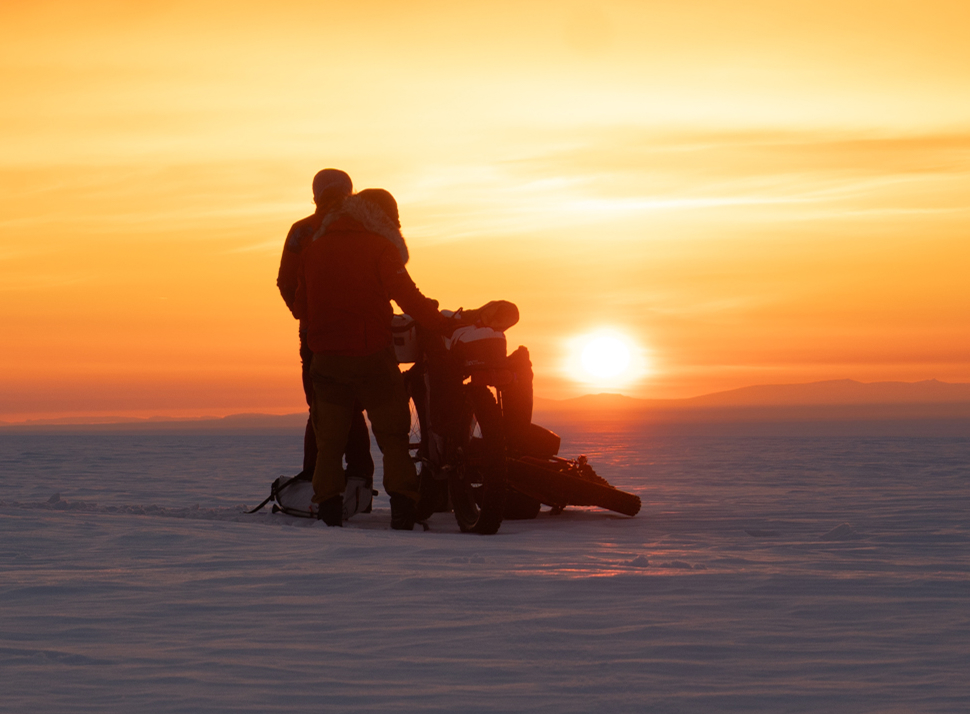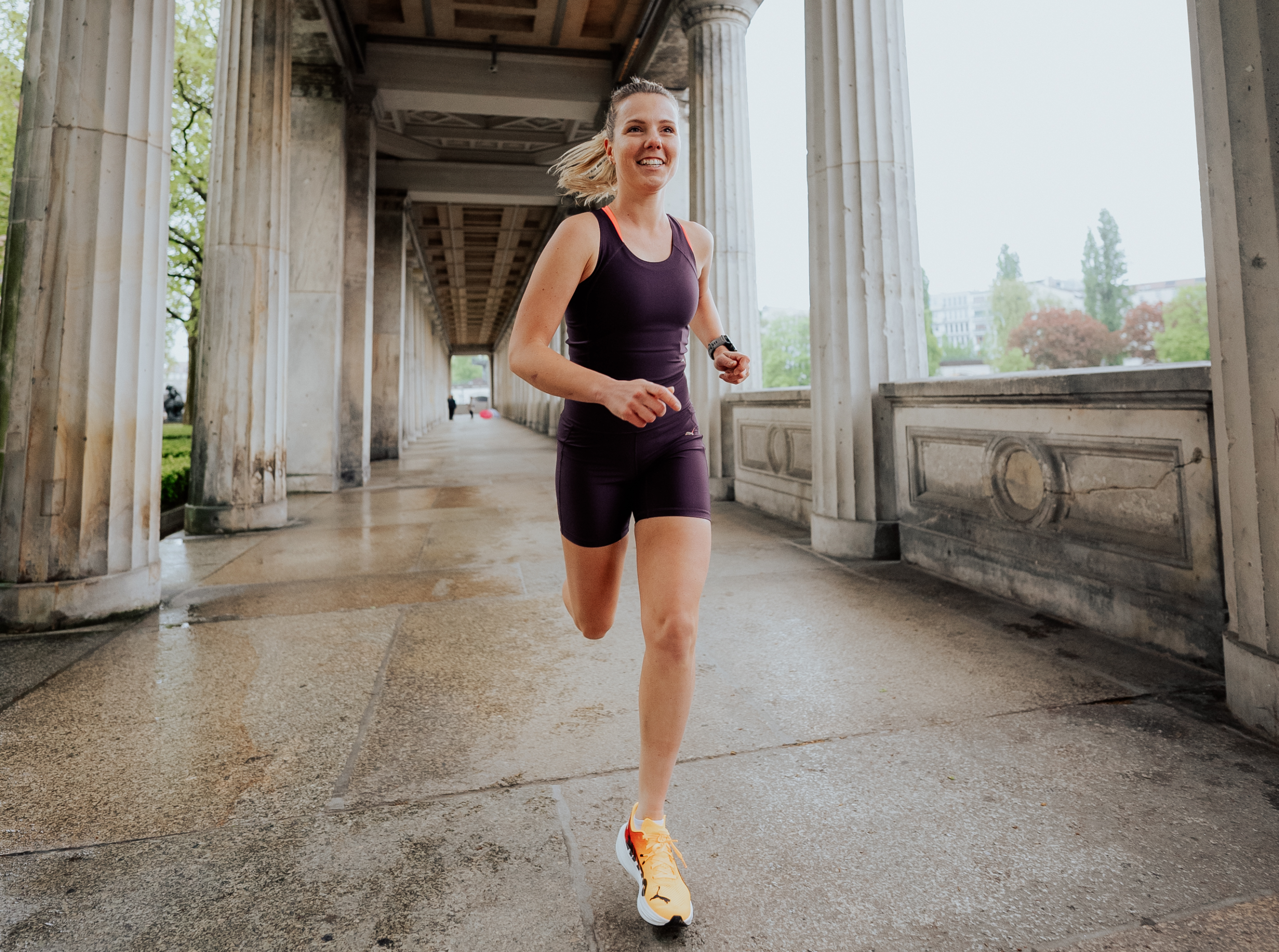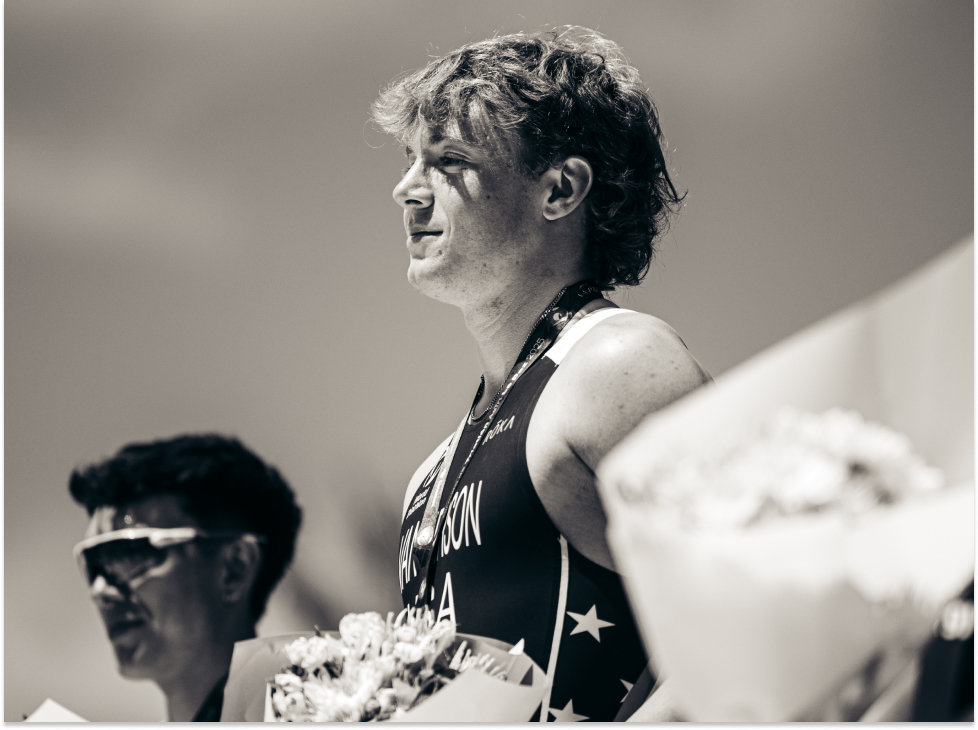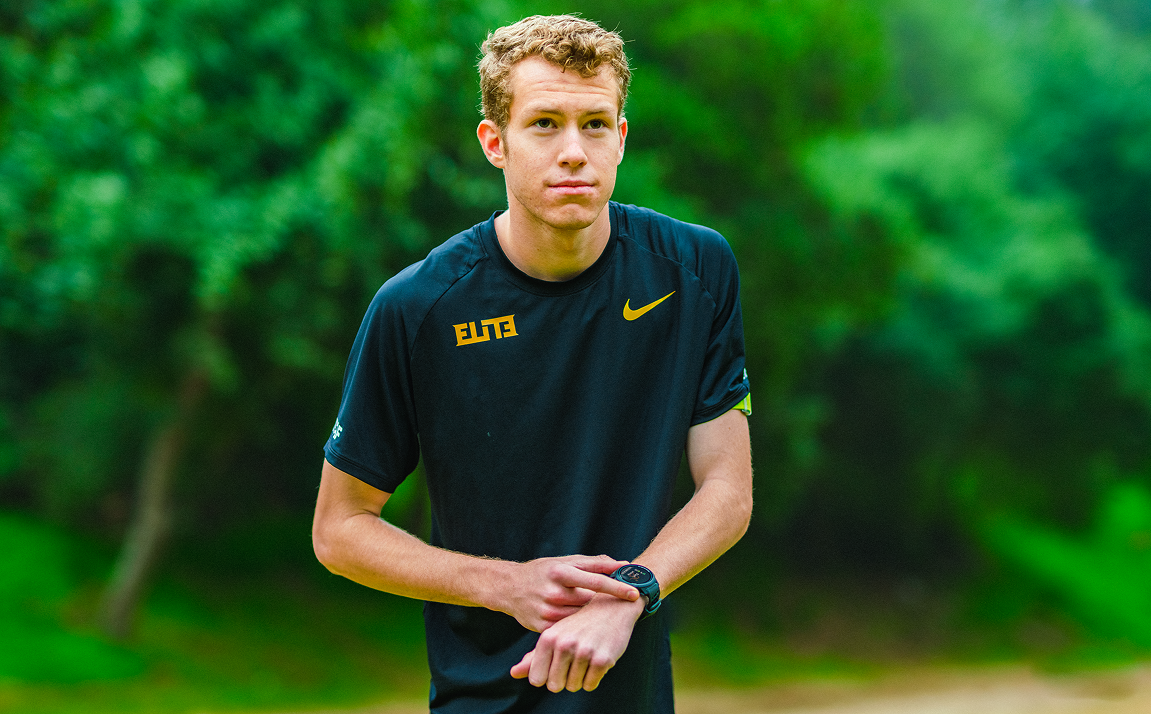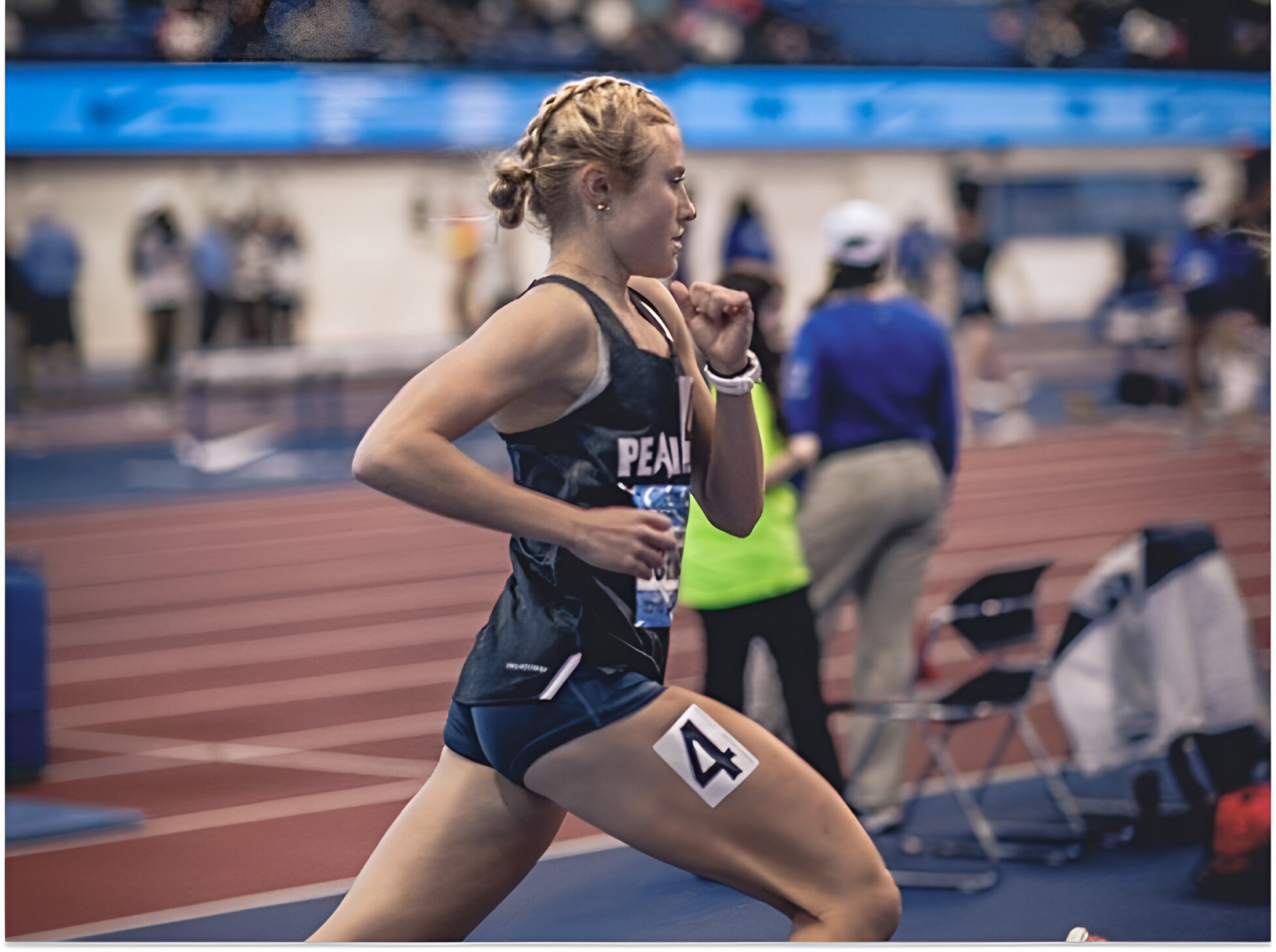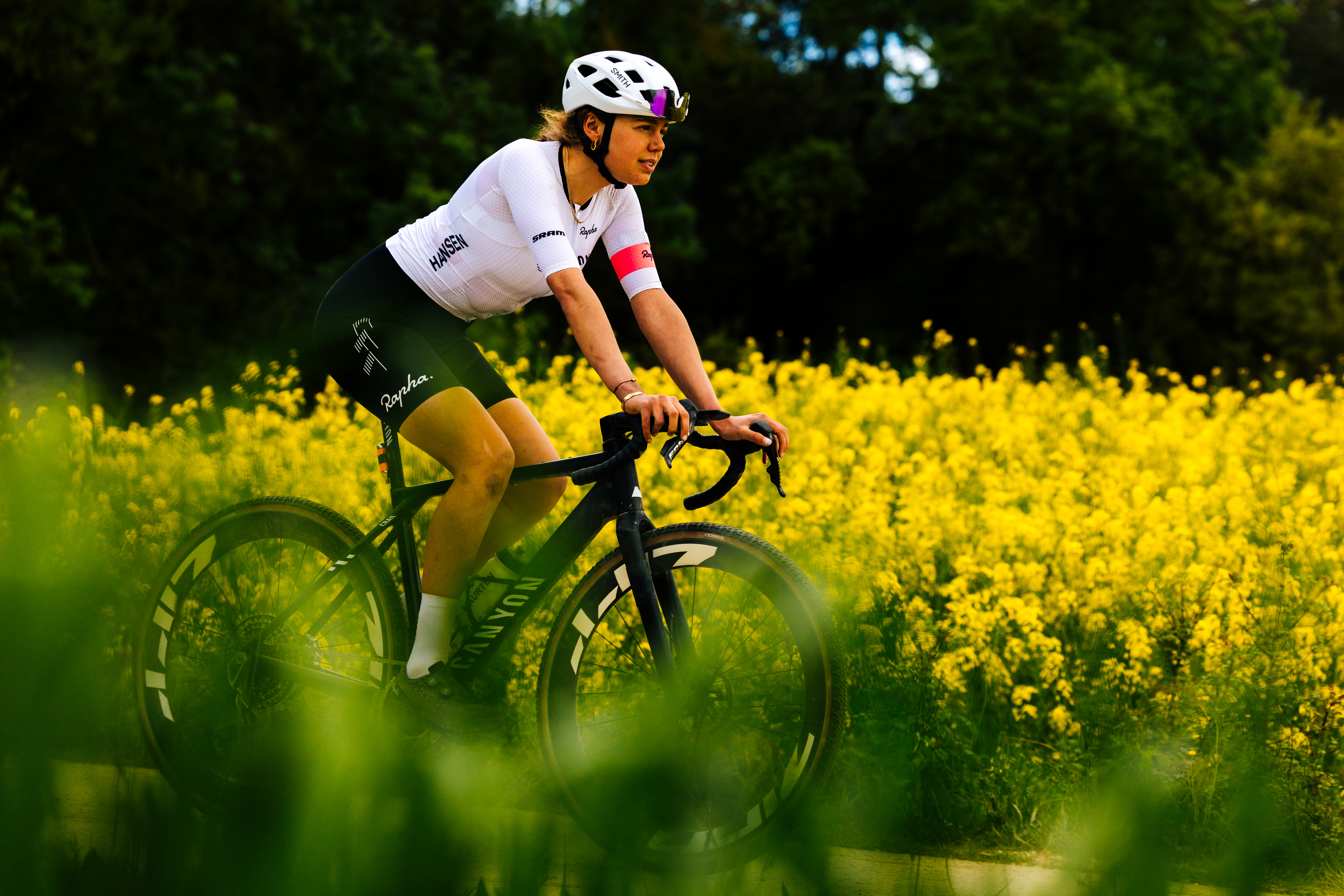Trail running has taken a massive hit over the recent years with exponential races happening across the world with distances ranging from 20km to the mystic 100-mile distance and beyond. The 200-mile discipline slowly makes its way into the community with many interesting races from the rugged Canadian Rockies all the way to the vast and wild areas of Europe. The Race Across Scotland is a 215-mile race that quite literally crosses Scotland from West to East through the breathtaking Southern Upland Way, Scotland's only coast-to-coast long distance route.
Faye Baldock, amateur ultra-runner from Canada, took on this grueling challenge for the first time in August 2023. Below you will find her training strategy leading up to the race, a full race analysis, and some key takeaways Faye reported from her very first attempt at a 200 miler.
Watch Used: COROS VERTIX 2
Analysis Tool: COROS Training Hub
Data Analyzed By: COROS Coaches
Training Leading up to the Race
Although Faye has never ran that far before, she is no strager to ultra distances with several races under her belt including the infamous 120-mile FatDog Ultra in 2022 where she placed 2nd place female. Aside from racing, Faye trains in the heart of the Canadian Rockies where she has access to long, steep hilly terrain to reproduce racing conditions and emphasize on long days out on foot.
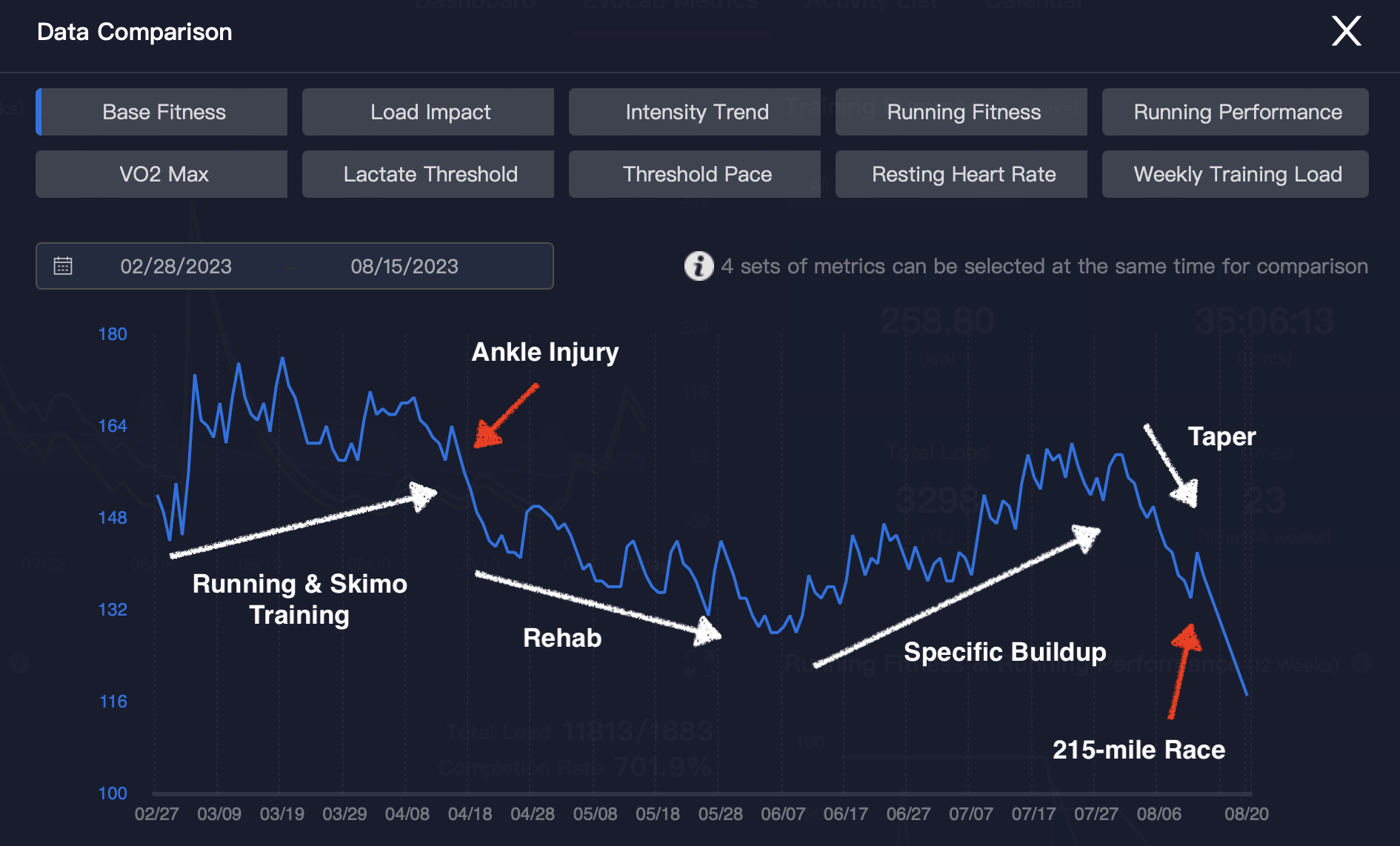
Faye's Base Fitness leading up to the race.
COROS Education: Base Fitness is your 42-day rolling average of your training load score from each workout.
Throughout the season, Faye averaged a Base Fitness of 140-150 despite an ankle injury that made her step back for a few weeks. She then entered the race with a Base Fitness of 132 after a 2-week taper. For a long-distance athlete, it is crucial to maintain a high volume of training (which can be reflected with a high Base Fitness) to ensure the body can sustain the stress induced by a 200+ mile race.
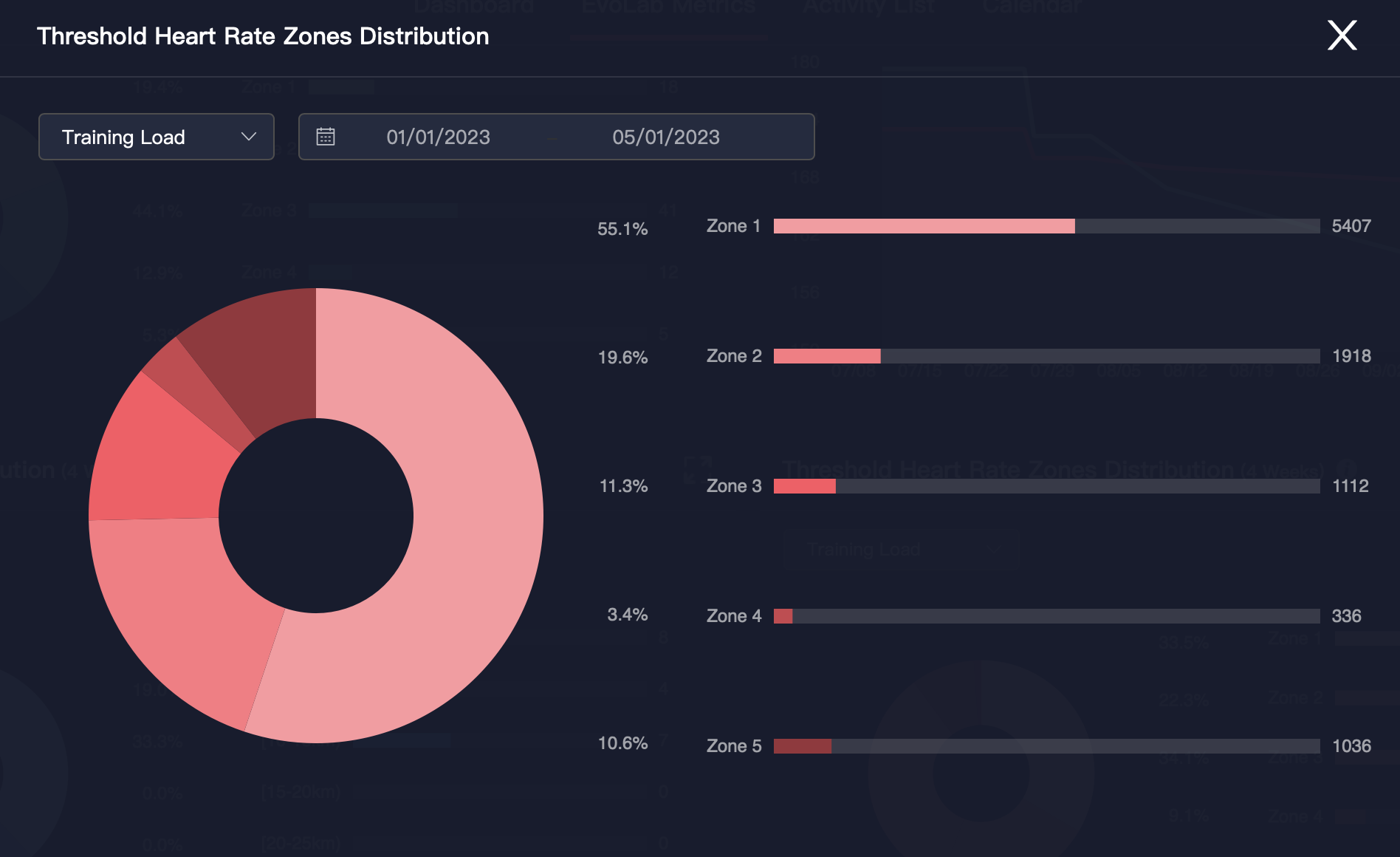
HR Intensity Distribution from January to May 2023.
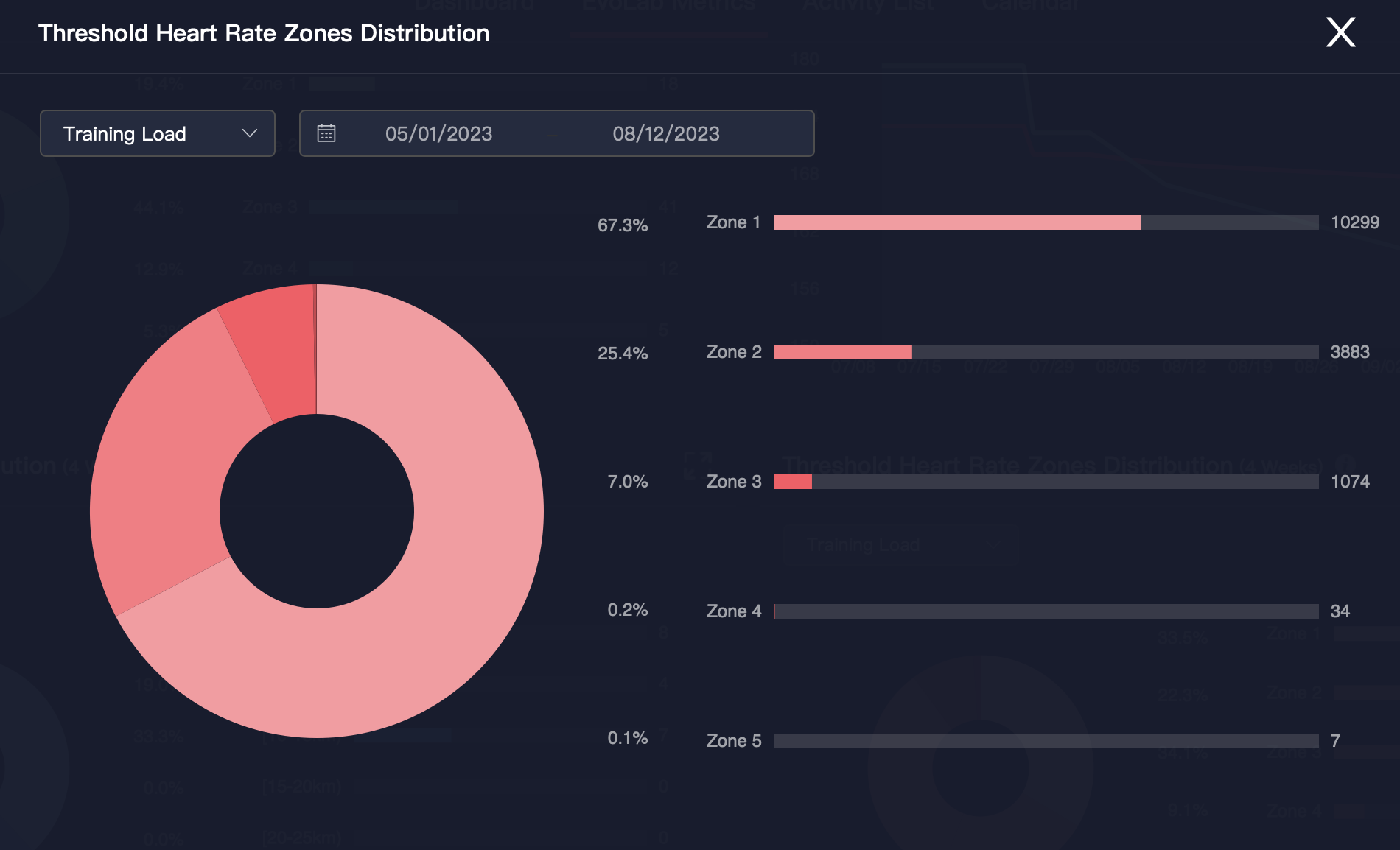
HR Intensity Distribution from May to August 2023.
COROS Education: HR Intensity Distribution gives you a breakdown of duration or training load for each HR zone.
Although Faye was training for a low-intensity long-distance event, she still kept almost 25% of her training load at threshold or above (high-intensity) from January to May. We can then notice a drastic change when closing in on her race with >90% of her training load now focusing on low-intensity sessions.
Regardless of the objective you are working towards, it is important to follow the 'funnel principle' in training, where the closer to the objective you are in time, the more specific the sessions become in intensity. In this situation, since Faye expected to spend most of her time within zone 1, she increased time spent in this zone closer to race day.
Race Day Analysis
On August 12 at 6:00am local time, Faye took off on the west coast of Scotland on her way to the east coast with her infectious smile, no pacer, and her parents as crew. After a full year of preparation for this race, it was time for Faye to put one step in front of the other for several hours/days by following her well-designed strategy based on her previous race experiences.
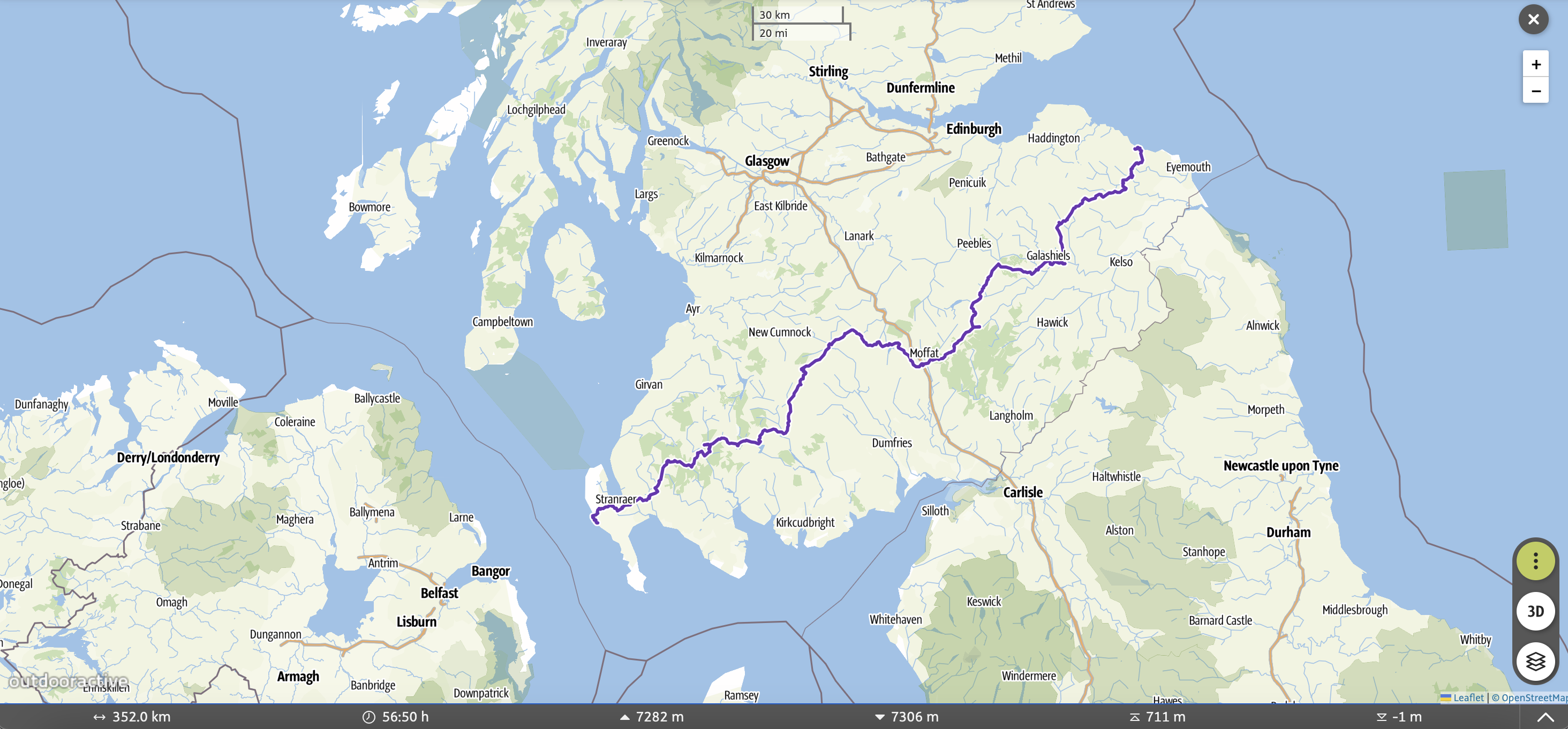
Source: Run Across Scotland 2023 Official Route Map.
Mile 0-80
While Faye managed to average a HR of 121 bpm throughout the entire race, the first 15 hours have been spent in zones 3-4 (at threshold or above). This is a common physiological response during a race where the body slowly adapts to the demands and eventually adjusts to an intensity that can be maintained almost forever. The graph below explicitly shows this slow decrease in HR until Faye reaches a steady-state for the rest of the race. Faye had a strong start and kept herself within the top 3 female field.
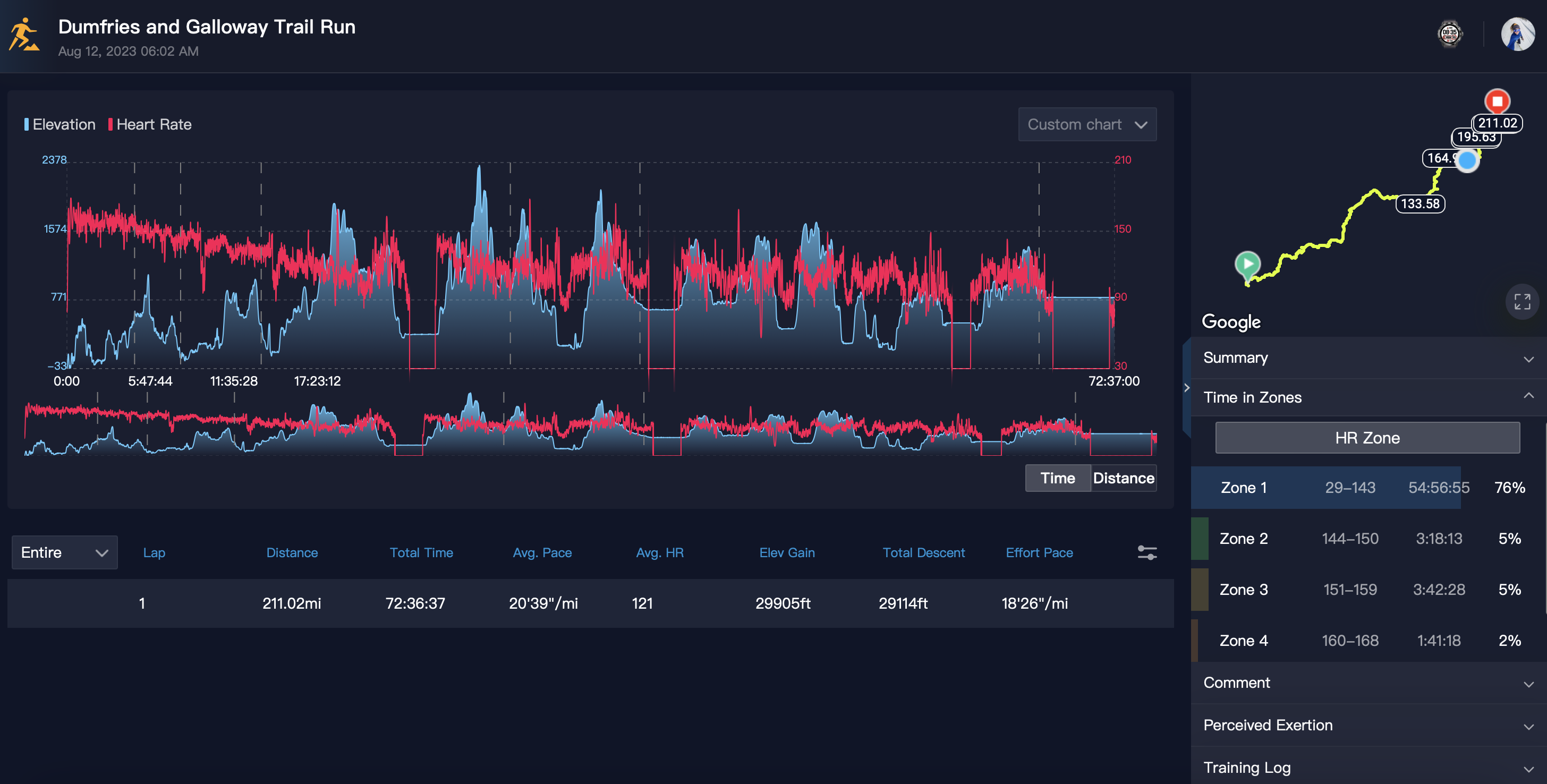
Activity data from Faye's race.
COROS Education: Each activity can be found in your COROS Training Hub and includes an overview of metrics over time as well as personalized splits to fully analyze your workout/race.
Mile 80-180
The conditions turned out to be relentless with several rain showers, chilly temperatures, and endless bog. Faye maintained her nutrition/hydration/sleep strategy firmly and kept moving strong always within the top 3 female field despite the harsh environments. Additionally, Faye has been able to rely on the navigation feature of her COROS watch to ensure she remained on track and limit the route finding involved particularly at night.
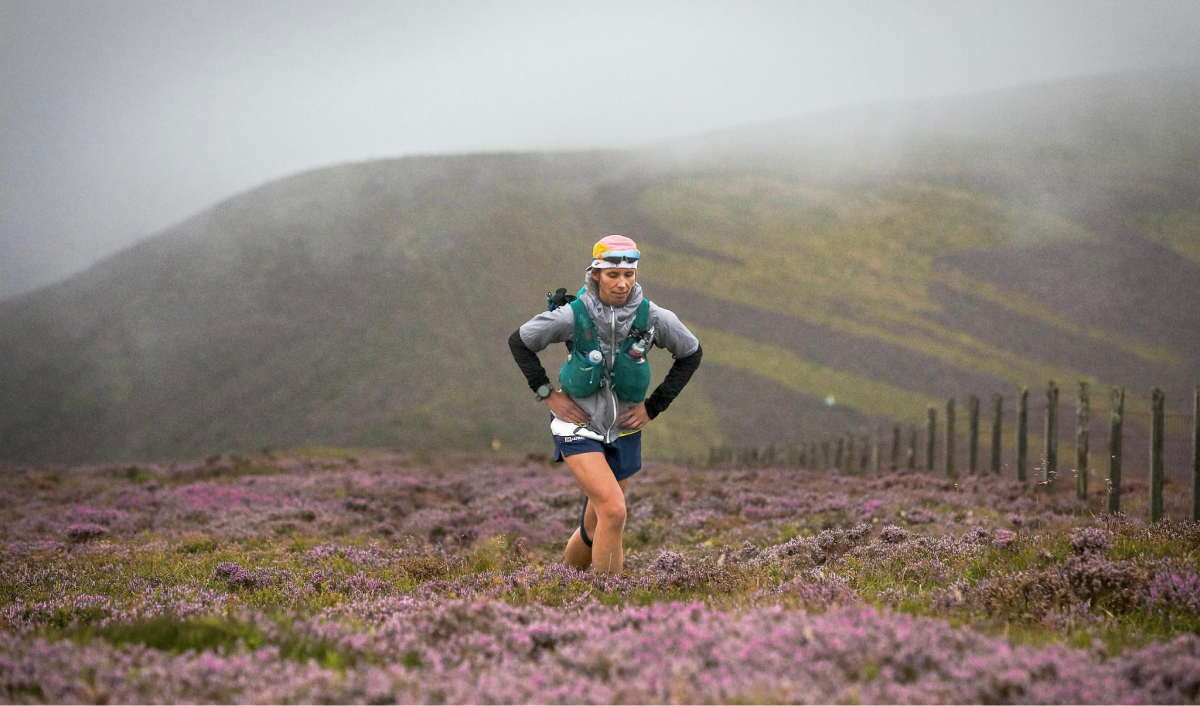
Photo by Monika Dratwa.
Mile 180-210
With 3 days and 3 nights in already, Faye started to experience hallucinations and was extremely tired. With a strong will to finish the race, she kept pushing through those challenges until she reached the last aid station at mile 210. Unfortunately and for unkown reasons, Faye started to develop gastrointestinal issues with some serious symptoms such as frequent fainting. She then rested for a few hours in hopes to recover and complete the last few miles to the finish line. With the medical staff by her side, Faye took the heartbreaking but smart decision to end her adventure at this point to prevent her from risking her life out there one more time.
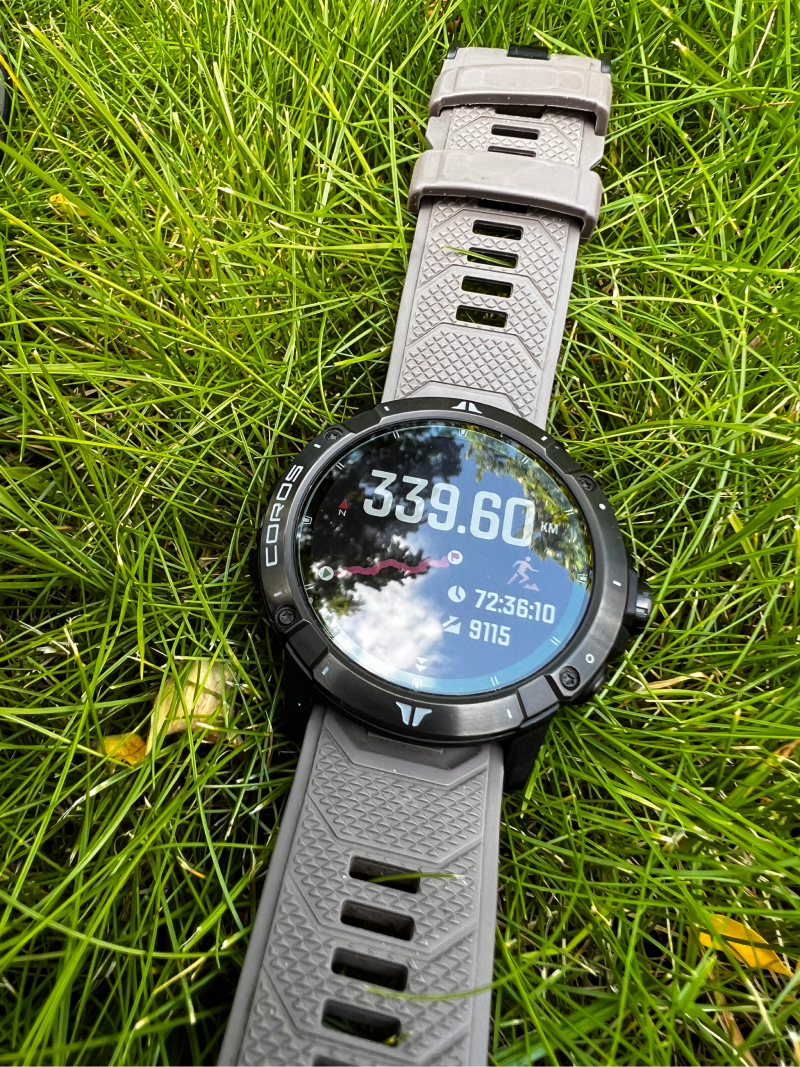
Photo by Faye Baldock.
Regardless, Faye accomplished an incredible goal by running 339.60 km through Scotland in less than 73 hours. "I will be back!", she reassured us.
3 Key Takeaways For a First 200 Mile Race
Even though we have data to analyze Faye's performance, a 215-mile race is not all about metrics. We asked Faye to share her top 3 takeaways or advice she would give to runners who would like to tackle this distance for the first time.
Dive into some of her crispy stories from the race and what she learned during this incredible adventure!
1. Eat as much as you can as often as you can.
200+ milers are huge and when you're continuously moving you need to continuously fuel. I ended up burning over 30,000 calories during the race and although I didn't come close to replenishing those on course, fuelling was always on the forefront of my mind (Especially during the night, when the temperature dropped, and my body felt cold). I didn't need to waste unnecessary energy shivering, so I made sure I was comfortable with the right amount of layers & then I did everything I could to keep consuming calories. My ongoing mantra throughout the race "Calories = fuel & fuel = movement". Let's keep this going!.
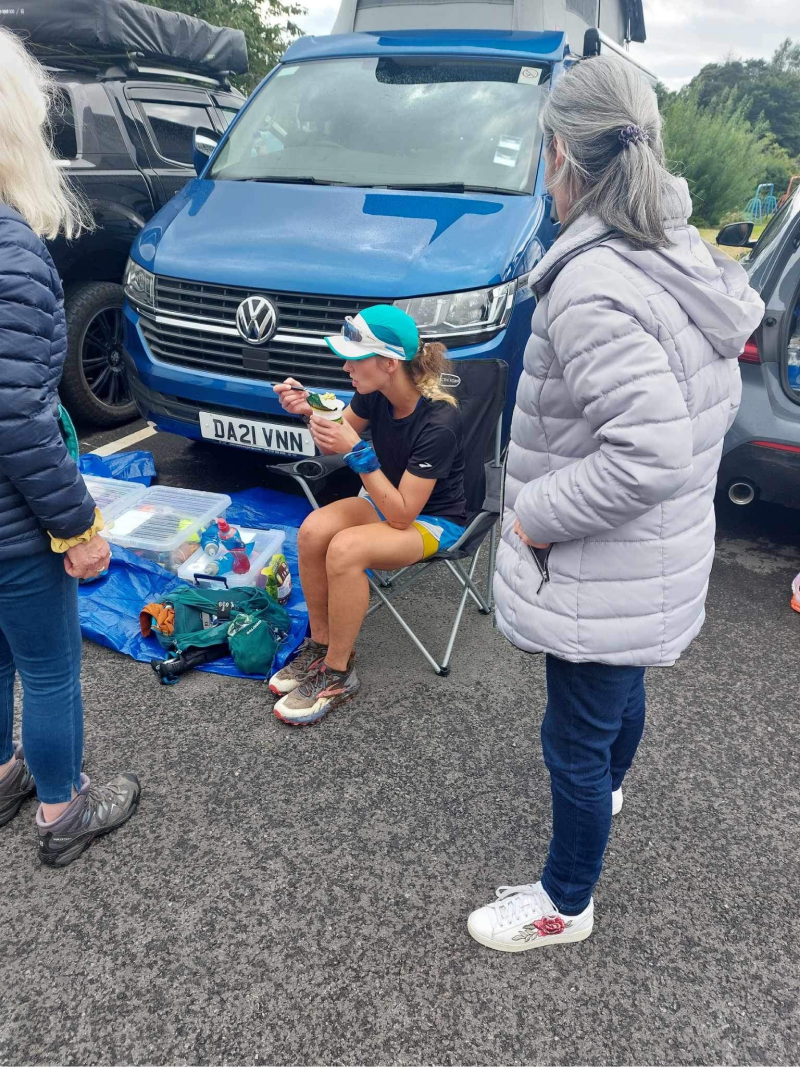
Photo by Faye's crew.
2. Don't underestimate the tired "Hallucy's" (hallucinations) or, the need to sleep.
I have never competed in a race before that required sleep, so this was new territory for me. I opted for solid hours of sleep anywhere between 60-90 minutes and a few 10-min dirt naps along the way. The total hours of sleep that I had was 4 hours. If I could go back, I would likely sleep longer earlier on. That feeling of people passing or wasting time will soon be forgotten when you're feeling stronger later on in the race and are passing other competitors feeling like a new human.
I always felt pretty strong after each nap especially fueling before and after as well as caffeinating myself up before heading back out on trail. But that 3rd night before reaching the final checkpoint, I was definitely in an extreme state of tiredness (Swaying along the trail, zig-zagging, wandering off to the left, jumping a fence & ending up in someone's back yard even though my COROS watch kept beeping at me to get back on course, re-tracing steps to items I "dropped" when I hadn't even had them on me in the first place, and not to mention the stone buildings I thought I was running beside when there was nothing but grassy fields). My brain was in a very sleep deprived state. I'm not sure if this contributed to the sickness that consumed me once I got to that check point, but sleep during those events remain a trial and error process. For me, more sleep next time!
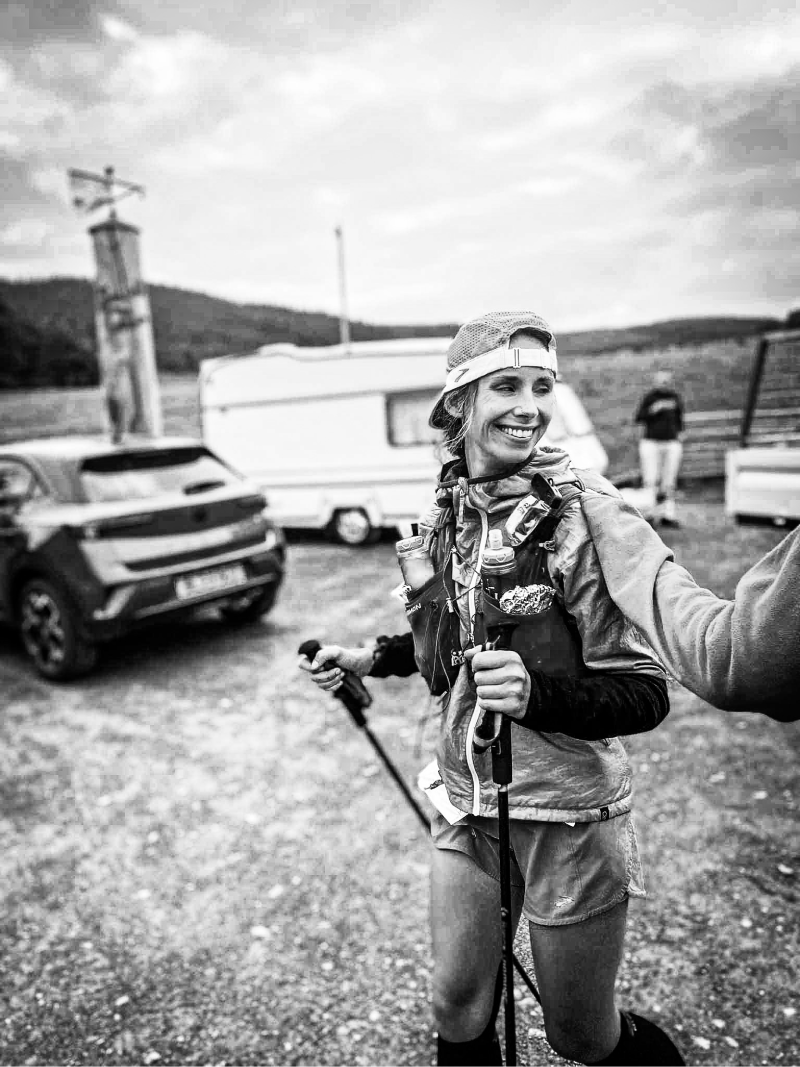
Photo by Faye's crew.
3. Foot care is essential.
Every race is different and there are so many factors that can contribute to painful feet. After my FatDog 120 race last year and the monster blisters my feet endured, I swore to myself that I would do everything in my power to come away with somewhat a-okay feet after Race across Scotland. I pruned them, moisturized them, pumice stoned them in the months leading up to the race & really looked after them in the weeks prior. During, I treated every hot spot as soon as it became noticeable. That meant sitting down in bogs on top of a moors in torrential downpours to take care of my feet. The course was 90% wet, and a lot of competitors race was a make or break due to feet issues, ranging from blisters to trench foot. Post race I can definitely say my feet were dry and shrivelled and 6 weeks later I have lost 3 toenails & they still look like they need a good moisturizing but, not once did my feet cause me conscious grief during the race. I also made sure I packed a very wide toe box shoe so that if my feet swelled or the blister / tape / natural wool job made my feet bulky, I would still be able to comfortably fit into a pair of shoes - this was honestly crucial and I can happily say over the course of 340 km's I only wore 2 pairs of shoes!
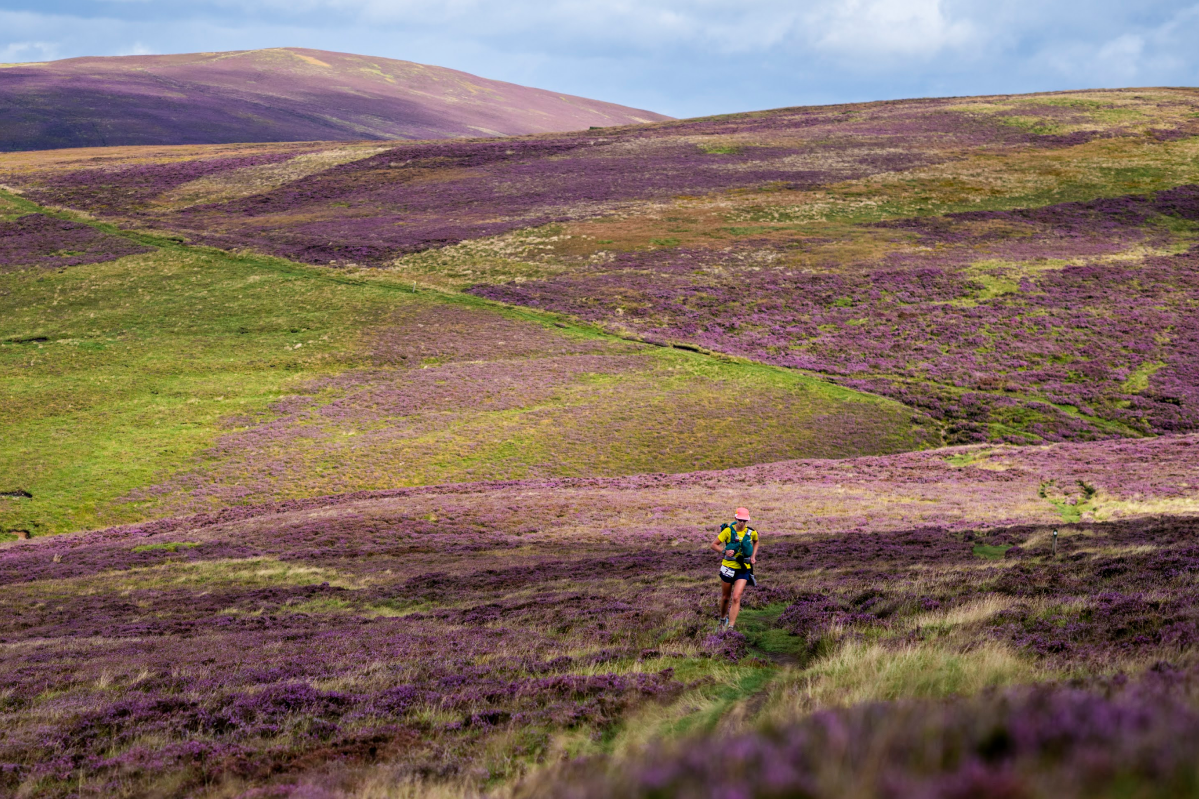
Photo by Alex Treadway.
Conclusion
COROS wants to give a big congratulations to Faye Baldock for her amazing accomplishment on her first 200+ mile ultra race! Through a persistent training routine, Faye has been able to overcome several setbacks and achieve a major objective on her bucket list.
If you found this analysis informative or interesting, we invite all COROS customers to contact our COROS Coaches via coach@coros.com and go through your own data to improve your training efficiency and best prepare for your next objective.
/fit-in/0x18/coros-v2/images/common/logo_black.png)
